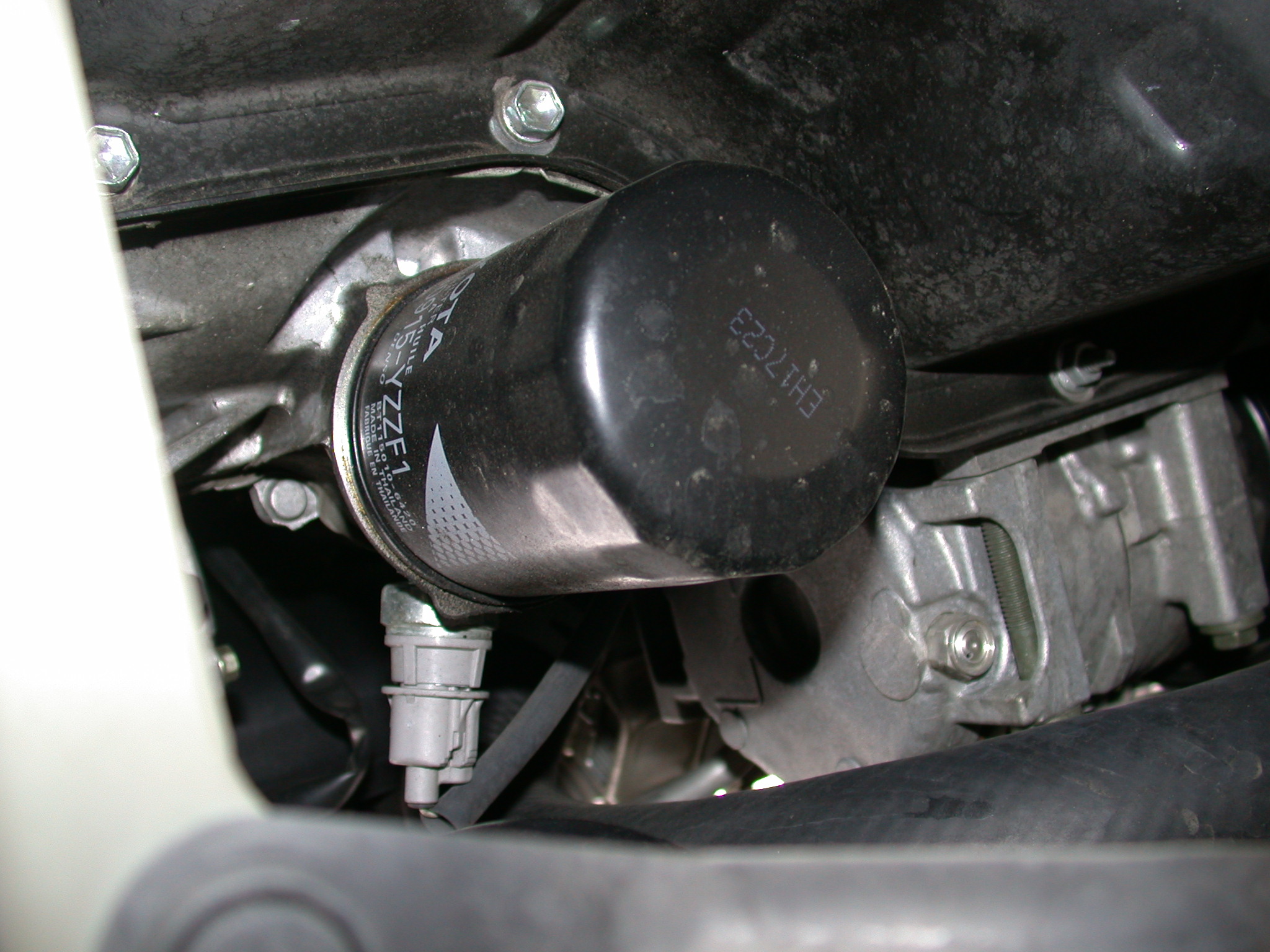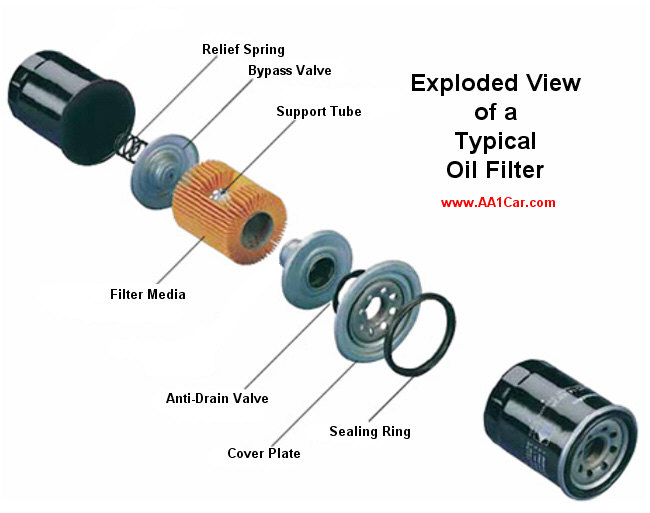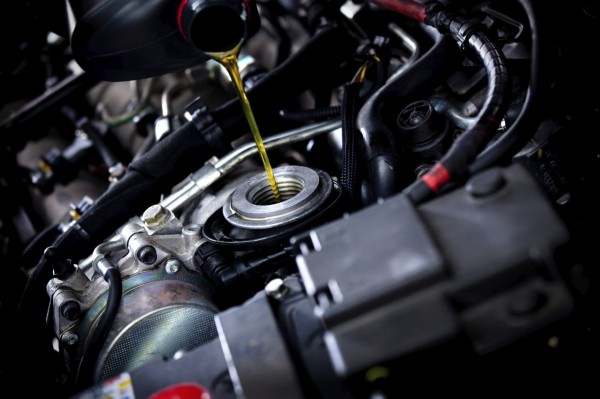
An Engine Oil Filter is a filter designed to remove contaminants from engine oil,transmission oil, lubricating oil, or hydraulic oil. Oil filters are used in many different types of hydraulic machinery. A chief use of the oil filter is in internal-combustion engines in on- and off-road motor vehicles, light aircraft, and various naval vessels. Other vehicle hydraulic systems, such as those in automatic transmissions and power steering, are often equipped with an oil filter. Gas turbine engines, such as those on jet aircraft, also require the use of oil filters. Aside from these uses, oil production, transport, and recycling facilities also employ filters in the manufacturing process.

One of the most important things you can do to keep your car in the best condition possible is to change your motor oil and filter. Oil in a car is like blood in our bodies – it flows throughout the car’s engine and keeps everything running smoothly. Frequent oil and filter changes are essential in increasing the life of your car and its performance.
| When the ideal moment for your motor Oil changes, you can take it to a service station, quick lube or car mechanic, or you can do it yourself. changing your motor oil is relatively easy and inexpensive. |
This underlisted procedure will assist you to properly change the motor oil, and its filter.
DRAIN THE OLD MOTOR OIL
Before draining the motor oil, start your car and let it run for a minute or two, or take it for a quick drive around the block; this will warm up the motor oil and allow it to drain out smoothly. Next, be sure you have a safe area to do your oil change – a driveway or garage will work well, and level ground is a must.
Under the vehicle, locate the oil pan and drain plug.
If there isn’t enough room to slide under the car to do this, you may have to jack up the car to get beneath it. Remember: Never get underneath a car supported only by a jack; always use a jack stand.
Once you identify the drain plug, spread the newspaper out and place the oil pan below. Loosen the drain plug with the socket wrench, turning it counterclockwise.
After loosening, remove the plug slowly by hand and let the motor oil drain out. Caution: The motor oil may be hot. Once the oil stream slows to a drip, reinstall the drain plug by hand and tighten it with a quarter turn clockwise with the wrench.
REPLACE THE OLD OIL FILTER WITH THE NEW ONE
Keep the oil drain pan underneath the car and locate the oil filter.
Loosen it with the filter wrench, turning it counterclockwise. Remove the oil filter by hand.

Before installing the new oil filter, apply a little motor oil to the new gasket. This will prevent the gasket from sticking, cracking or causing an oil leak.

Finally, install and tighten the new oil filter by hand.
ADD THE NEW MOTOR OIL

It’s now time to fill the engine with new motor oil. Find out which oil is right for your vehicle. Keep in mind that the motor oil you use should be the recommended grade and amount as identified earlier in the owner’s manual.
Loosen the oil-filler cap and pour your motor oil into the tank. Using a funnel will help you avoid spilling. When finished, replace the oil cap and wipe away any spilled motor oil. Start your engine and run it for a minute to allow the new motor oil to circulate thoroughly.
You’re almost done. But don’t drive off yet, because you need to check the oil level. To do this, turn off the car and remove and clean the dipstick.
Insert and remove it once more, this time checking that the oil has the correct reading. Screw the cap back on and give yourself a pat on the back.
CLEAN UP AND RECYCLE YOUR MOTOR OIL
Once you done, clean up the used oil pan and used equipment. Pour the old motor oil from the pan into a used oil container and place the old oil filter in a plastic bag.
The best way to dispose of motor oil is to recycle it. This is easy to do because many service stations and quick lubes will accept used motor oil and used oil filters at no charge.
Finally, throw the newspaper and dirty rags away.
